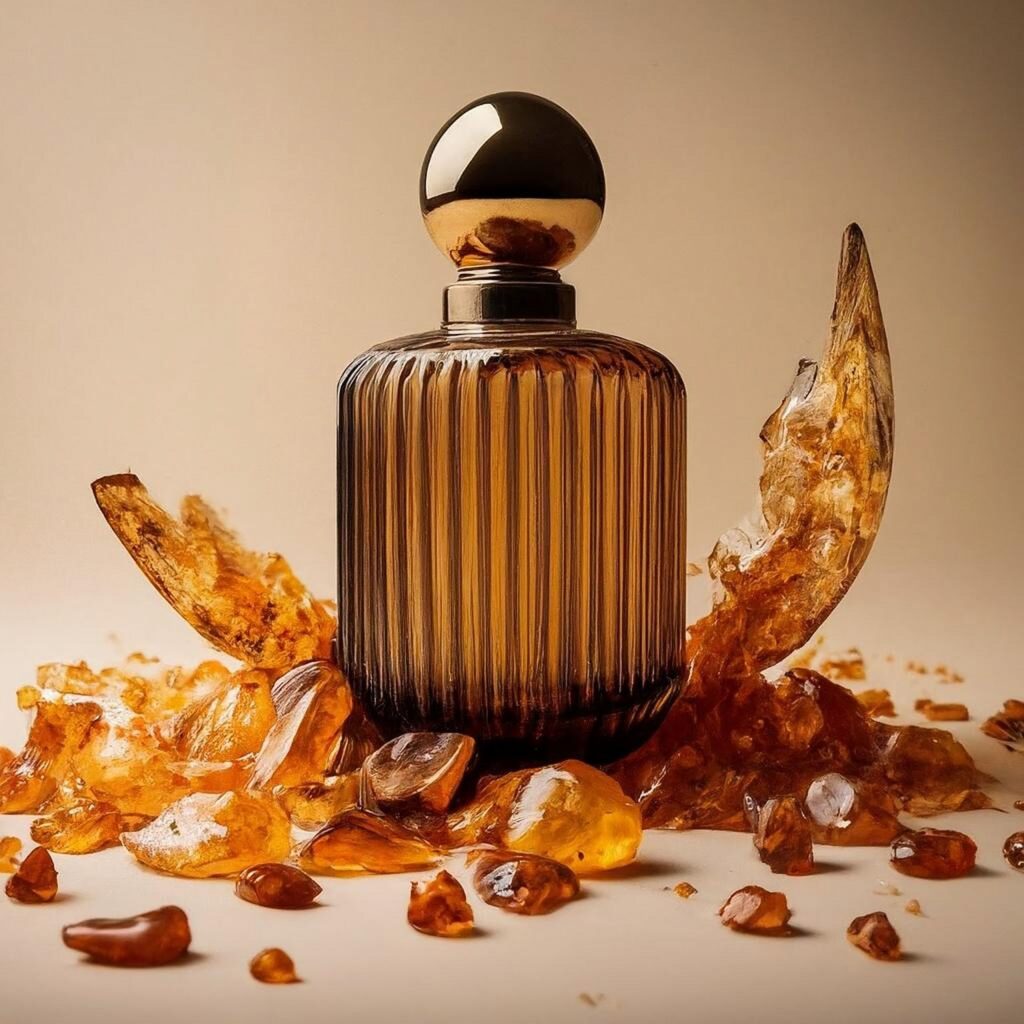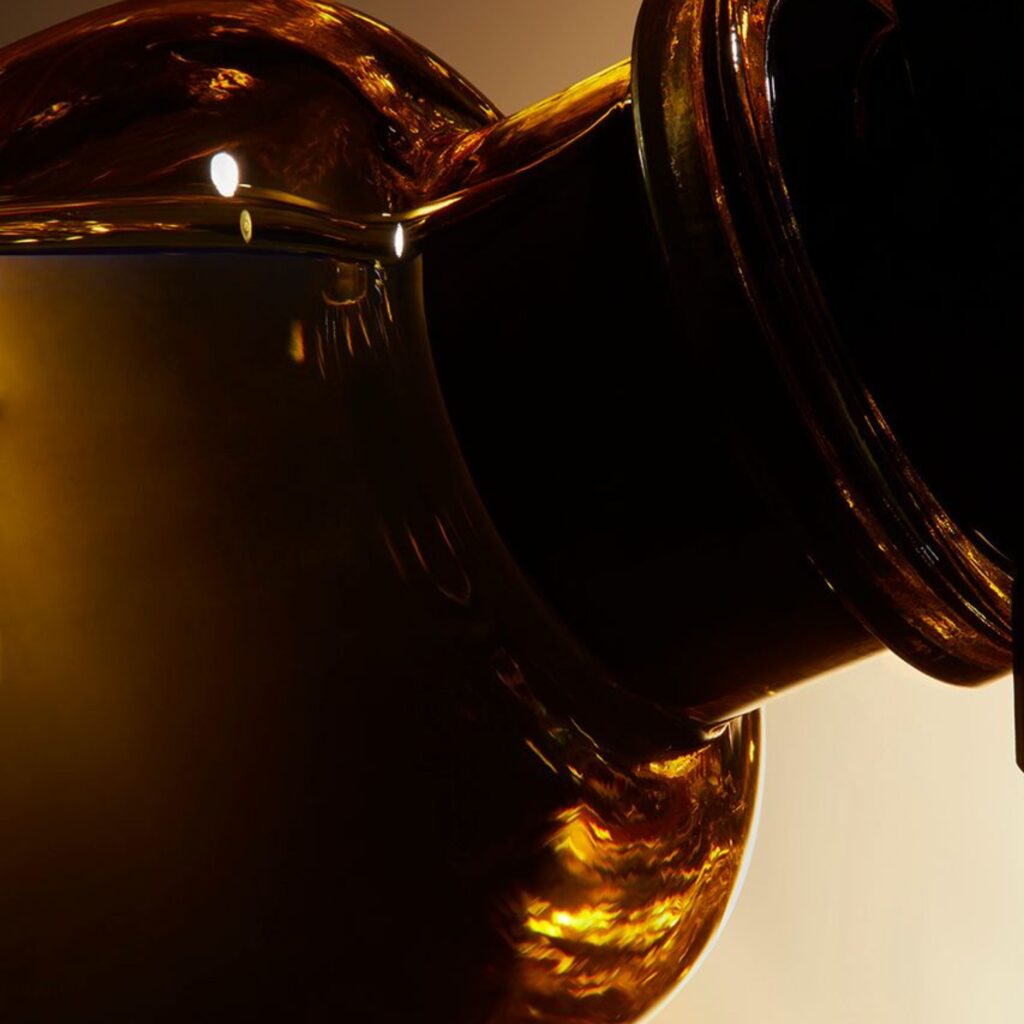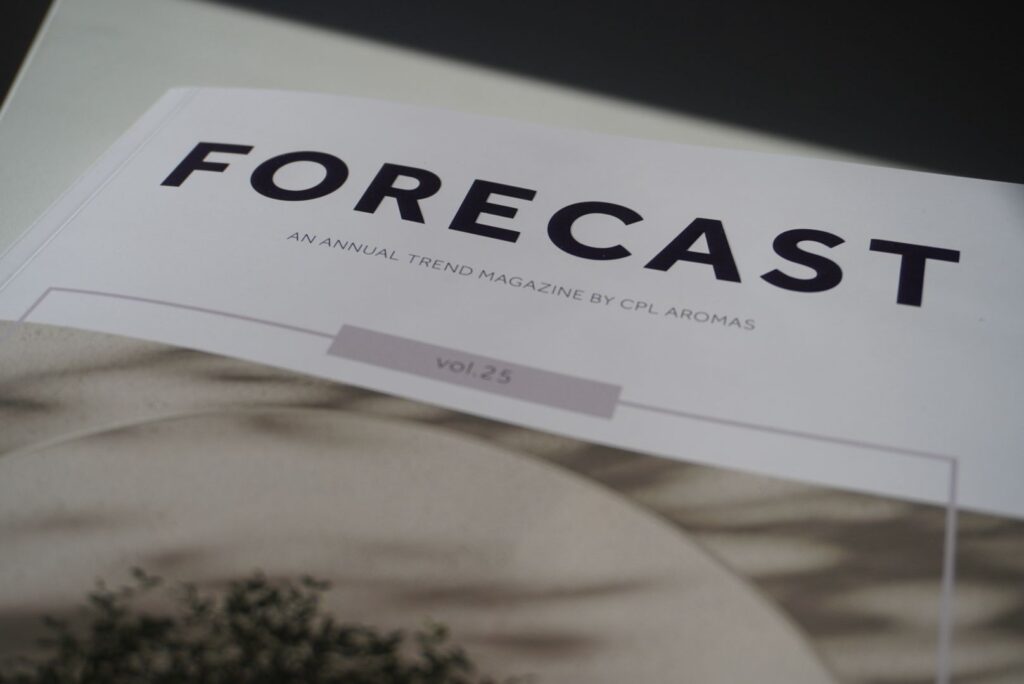Incense is definitely back in perfumery, and not just because Rosalía has released her new album Lux, a spiritual journey that could very well be wrapped in a frankincense perfume. We’ve been noticing this trend in the market for several months now—perhaps even a couple of years. Guidance 46 or Outlands by Amouage, Acne Studios by Frédéric Malle, Felina by New Notes, or even the new flanker Invictus Victory Absolu by Paco Rabanne are all examples of this.

Paloma Martin
We’ve spent the past few years indulging in ultra-gourmand perfumes, loaded with vanilla, toffee, caramel, cotton candy, and chocolate in every possible form. We’ve endured olfactory glycemic spikes that, at the very least, are safe for diabetics. The incense trend emerges as a counterpoint to this. These are much more introverted, mysterious fragrances, with a spiritual side that evokes stillness and introspection. But how exactly is this note incorporated into perfumes?

The incense note in perfumery is usually used in its natural form—mainly as essential oil or resin. There are many qualities, origins, and extracts of incense. The most common is the resin or oil from the Boswellia carteri tree, typically from Somalia (though some perfumes also use Boswellia serrata oil from India or Boswellia sacra from Oman). While these two extracts, oil and resin, share the same origin, they differ significantly in olfactory profile and in which part of the perfume pyramid they are most active. The resin, which is more balsamic, sweet, and warm, adds depth and roundness to the heart and base notes of a perfume. The oil, on the other hand, is fresher, more citrusy, with turpentine-like facets, and its impact is more noticeable in the top notes.
Although incense is sometimes the main character and appears as a single note in some creations, it is more commonly found as part of a chord. Sometimes it’s blended with other resins like benzoin, myrrh, or labdanum to add warmth to the base of the perfume, recreating a classic, warm, and sensual amber accord (Outlands, Amouage, 2024). Other times, it’s enhanced with aldehydic or fresh spicy notes, boosting the opening of the perfume and making it more mineral and radiant (New Look, Dior, 2024).


Are incense perfumes for everyone? I wouldn’t want to influence anyone with my answer, since perfume is deeply personal, and very different personalities can fall in love with the same scent. But I would say that fragrances where incense dominates tend to have a lot of character, and they require confident personalities who can wear them with assurance. These are usually people who appreciate sophistication and elegance, with a touch of mystery and a hint of ego. They want to stand out from the crowd—without being too extravagant.
I encourage you to visit a perfume store and ask about incense-based fragrances. See what you think, whether you discover any novel combinations, or perhaps find a new scent crush.
Paloma Martin.





